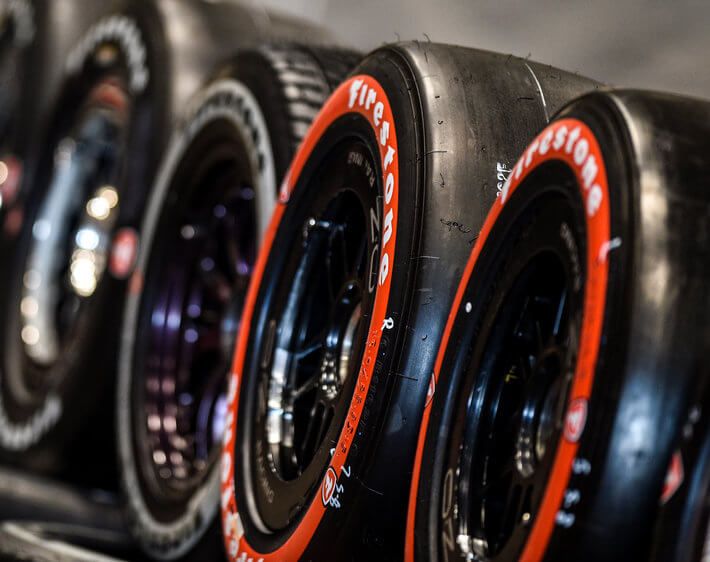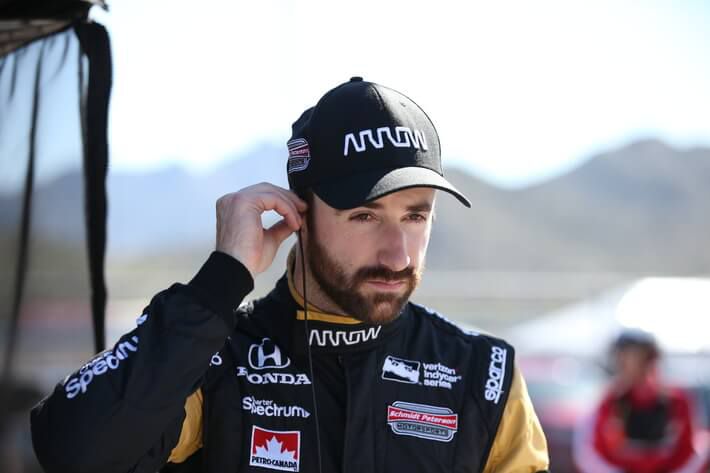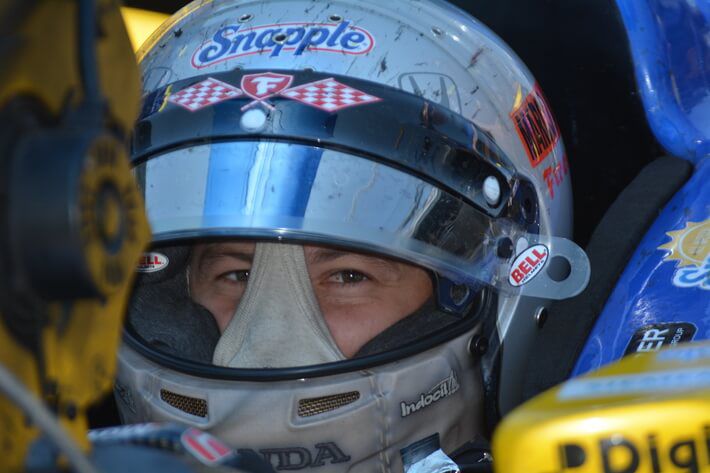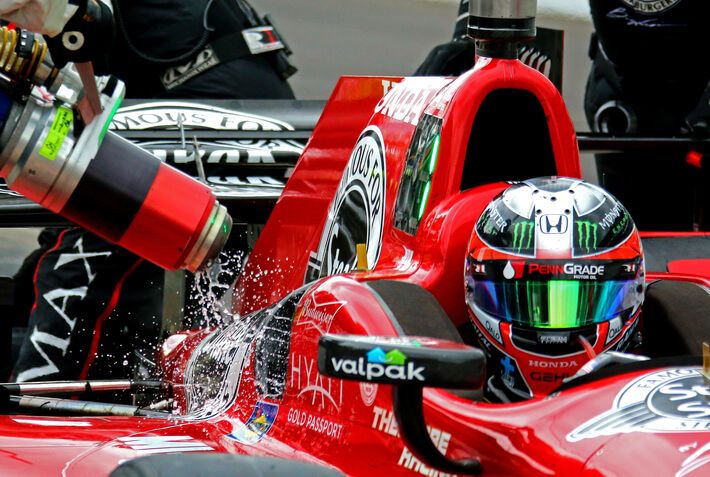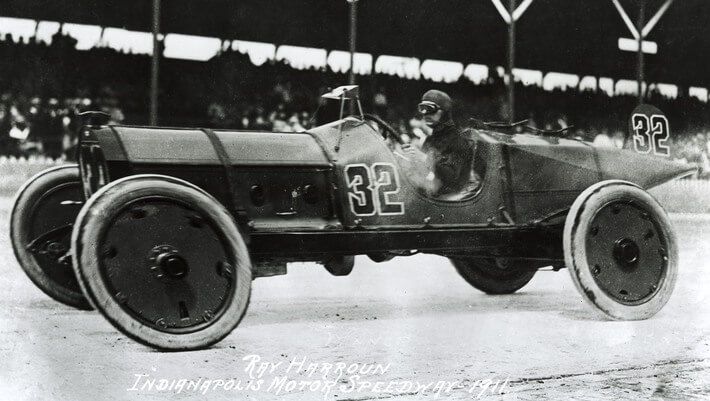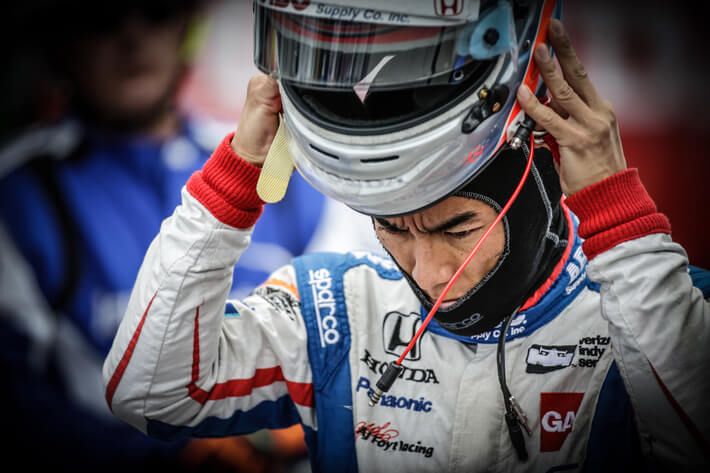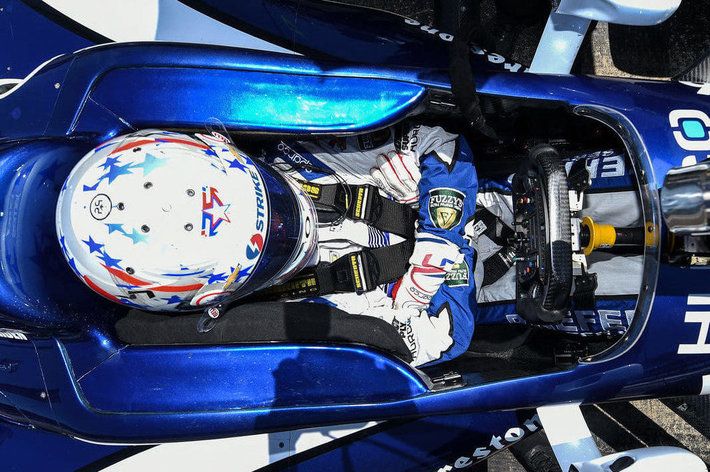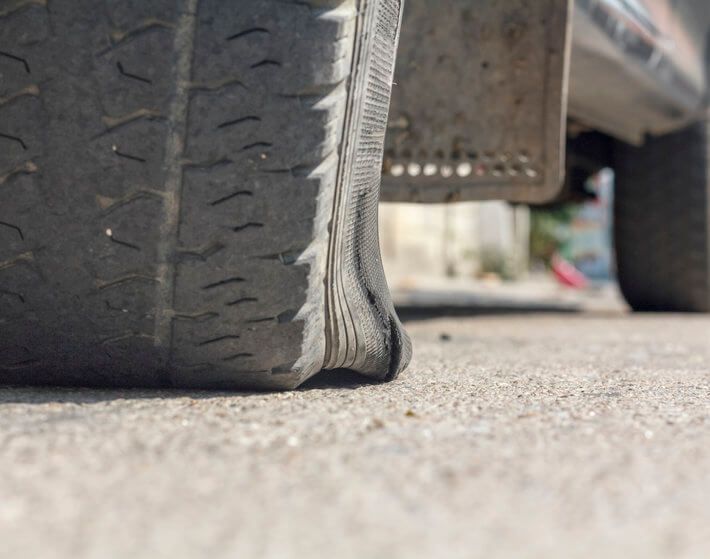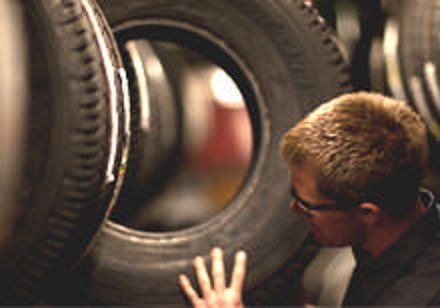On September 16-18, the Verizon IndyCar Series heads to Sonoma Raceway for the 2016 season finale. Who will be awarded the prestige and honor that comes with the title of "Series Champion?" No one knows for sure quite yet, only a solid performance on race day will determine that, but here are a few exciting things we do know when it comes to Indy car drivers, equipment, and history--and you should too! Whether you're a die-hard fan that could talk about Firestone race tires and direct-injected V-6 engines all day long or you're new to the racing scene entirely, check out these eight fun facts you simply can't end the season without knowing!
Fact #1: It's all in the...ears.
Sure, there's plenty of magic going on in the engine house of an Indy car, but check out what's happening in the driver's earpiece. Since 2003, all Verizon IndyCar Series drivers have worn the INDYCAR Earpiece Sensor, designed to measure dynamic forces applied to a driver's head during an impact. Using three different accelerometers, the earpiece's tiny sensors measure changes to linear force. At the moment of impact, the sensors measure vertical, lateral, and longitudinal G-force on the driver's head. This high-tech earpiece not only records crash data, but also blocks exterior sound and helps the driver communicate with their pit crew. Since 2003, this earpiece and the data it collects have been instrumental in improving the race's safety equipment and precautions.
Did you know? The highest recorded impact in INDYCAR occurred on May 18, 2015, when driver James Hinchcliffe crashed during Indy 500 practice. Hinchcliffe’s earpieces recorded an impact of 125G or more than 125 times his body weight.
Fact #2: Bring on the heat. Literally.
Each driver wears a fire-resistant, one-piece uniform manufactured primarily out of a man-made fiber called Nomex®. Even a driver's underwear is made out of Nomex! These garments are uniquely made to withstand the intensity of a direct flame and help prevent burns. When exposed to intense heat, Nomex carbonizes and actually becomes thicker, providing an incredible barrier between the heat source and the driver's skin.
Fact #3: Teamwork makes the dream work.
The word "fast" can be used to describe what happens on, and off, the track. Without their pit crew members working in perfect unison, drivers wouldn't be able to achieve their on-track records. Check it out: the average pit stop time is 8 seconds, where a team will change all four tires and take on 18.5 gallons of fuel. Talk about a whirlwind of activity!
Did you know? After each race, Firestone awards the fastest crew (based on total cumulative time on pit lane) with the $10,000 Firestone Pit Stop Performance Award.
Fact #4: Checking your rearview? Thank a racecar driver.
Most drivers take their mirrors for granted. They're always there, you check them when you change lanes, back out, make a turn, etc., but do you know where the idea originated from? The earliest known rearview mirror was actually created for the Indianapolis 500. It appeared on Ray Harroun's Marmon race car at the inaugural Indy 500 in 1911, which he won on Firestone tires. The inventor Elmer Berger is credited with further perfecting the mirror and patenting it in 1921.
Did you know? Firestone has more Indy 500 victories—67—than all other tire manufacturers combined.
Fact #5: We all benefit from race season.
You could say that Indy car racing helps make the world a safer place for everyone. How? Well, remember those magical little earpieces? Data gathered during crashes from the ear accelerometers is shared with the commercial automotive industry, which can lead to safety policy changes for auto manufacturers. NASA uses INDYCAR crash data when designing its spacecrafts and the United States Air Force uses it to develop better helmets, seats, and harnesses. Safety innovations in the racing industry trickle down to safety innovations for anyone who travels at high speeds, from astronauts to highway commuters.
Fact #6: Your child may be safer on the road, too.
Some car seat manufacturers, like Dorel, use the same INDYCAR crash data that NASA does when designing the foam and padding used in their child-restraint systems.
Fact #7: Good things come in threes.
You may know that Firestone has been the Series' Official Tire since 2000, but did you know that there are three distinct types of Firestone tires specifically engineered for each type of course? Oval tracks use the primary Firestone race tire, and road and street tracks use the primary AND the alternate tire (visually differentiated by their red sidewalls). Then, there are rain tires which are used on both road and street courses. Firestone's rain tire features gray sidewall and a grooved tread pattern to increase a driver's control and help prevent hydroplaning. You won't see this last tire on an oval though, as a race will not occur in inclement conditions.
Fact #8: Y our competitive side is calling.
our competitive side is calling.
Don't let the professional drivers have all the fun. Bring home a performance tire that'll have you feeling like an Indy car driver about to cross the finish line. Firestone's Firehawk AS tire offers the superior sport performance that discerning drivers want, plus the aggressive wet and snow capability that today's roads demand. Learn more about the perks and benefits of the premier, all-season Firehawk tire and get an instant online tire quote today!
Ready to shift your interest into high gear? Relive every race in the 2016 season and stay in-the-know by visiting FirestoneRacing.com!
